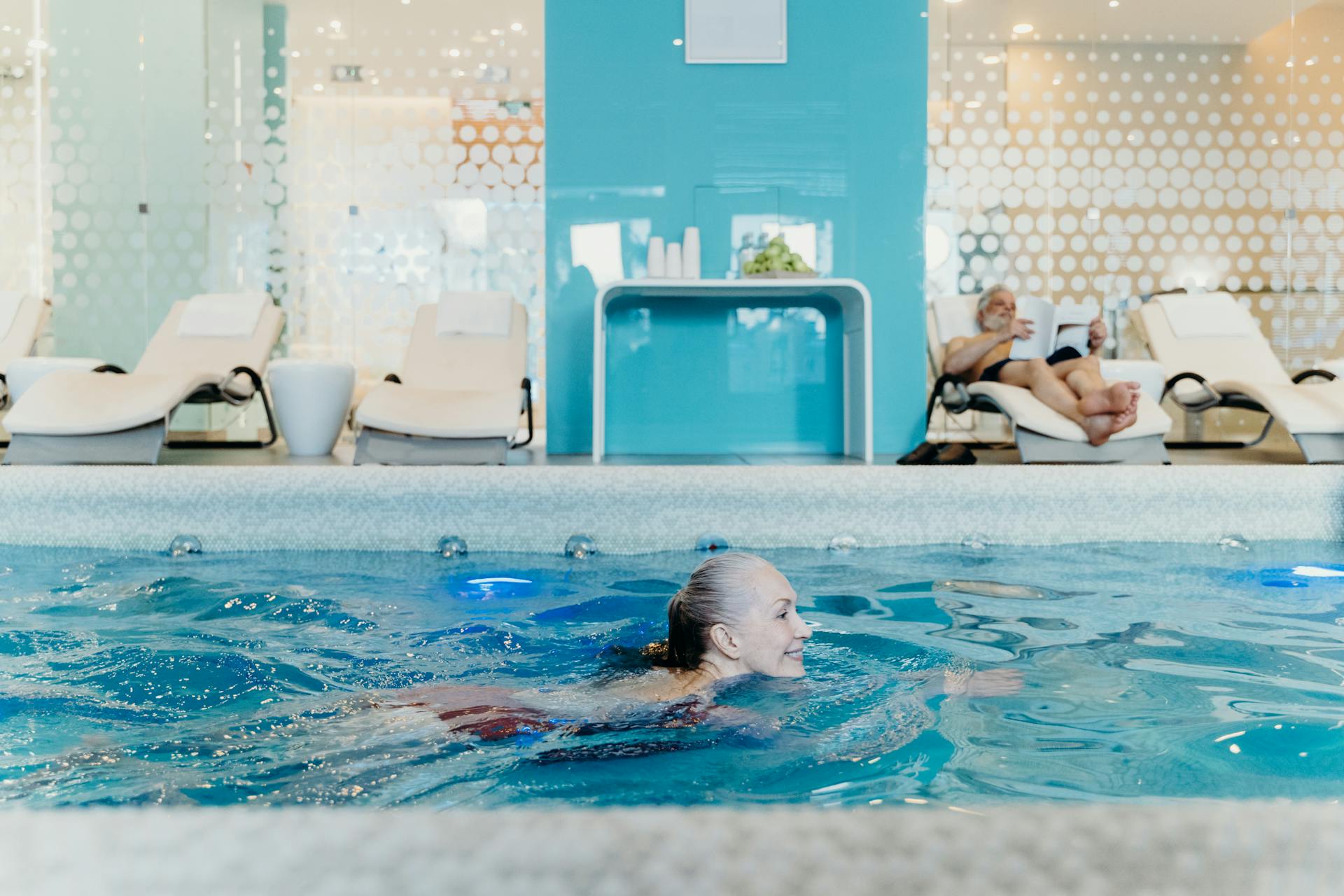Luxury senior communities promise the good life—pools, dining, fitness classes, and endless social events. For many retirees, these “resort-style” settings sound like a dream: no maintenance, no chores, and built-in friendships. But behind the glossy marketing, the real costs and trade-offs often tell a different story. High monthly fees, unexpected charges, and lifestyle mismatches can quickly turn comfort into constraint. Before signing on the dotted line, it’s crucial to weigh whether upscale amenities truly match your needs—or just your imagination.
Sticker Shock Beyond the Brochure
Resort-style living rarely comes cheap. Entrance fees can run into six figures, with monthly costs from $4,000 to $8,000—and that’s before add-ons like meals, housekeeping, or medical services. Annual fee increases outpace inflation, making budgets harder to predict. Some communities also charge extra for guests, transportation, or even parking. What looks like an all-inclusive lifestyle often hides a la carte surprises. Reading the fine print is essential before your savings become their revenue stream.
Amenities That Go Unused
Golf courses, spas, and gourmet dining sound appealing—but many residents discover they rarely use them. Health changes, mobility limits, or shifting interests can make once-exciting features irrelevant. Paying for amenities you don’t enjoy is like buying a cruise you never board. A modest, well-run community that fits your actual lifestyle may deliver more satisfaction than a luxury you’ll barely touch. Practicality often outperforms prestige.
The Illusion of Independence
Some resort-like communities promise “independent living,” but strict schedules or staff oversight can feel restrictive. Dining hours, visitor policies, and mandatory participation in certain services may limit flexibility. While marketed as carefree, these settings sometimes trade autonomy for convenience. Retirees who value personal control should ask hard questions about rules, routines, and exit clauses before committing. Freedom shouldn’t come with fine print.
Upgrades Don’t Equal Quality Care
Luxury settings don’t guarantee better healthcare. Many focus on aesthetics—beautiful lobbies, stylish apartments—while outsourcing critical medical support. When health declines, residents may face long waits for assistance or costly transitions to separate facilities. True value lies in care quality, not décor. Checking staff ratios, nurse availability, and emergency response times reveals more than marketing materials ever will.
Emotional and Social Trade-Offs
Moving into a new environment can disrupt long-standing friendships and community ties. The excitement of resort living may fade if the connection feels superficial or residents differ in values and backgrounds. Some find cliques or social pressure in high-end settings, making inclusion harder than expected. Emotional well-being depends more on meaningful relationships than manicured landscapes. A supportive neighborhood often feels richer than any luxury clubhouse.
Limited Flexibility for Future Needs
Upscale communities may require residents to move again if health declines, separating couples when one needs higher care. Others lock residents into contracts that penalize early departures. Aging well demands adaptability—something luxury settings don’t always deliver. Choosing a community that evolves with your needs ensures continuity without upheaval.
Alternatives That Offer More Freedom
Smaller independent living facilities, co-housing arrangements, or aging-in-place plans often cost less and provide more autonomy. Home modifications and local support services can create “resort-like” comfort without relocation. Renting or staying in a luxury community for a short period can help test the fit without financial entrapment. Options exist beyond glossy brochures.
Lifestyle Fit Matters More Than Flash
Luxury living only works if it truly enhances your daily life. Paying for features you rarely use drains resources better spent on travel, family, or hobbies. A right-sized plan aligned with your values brings lasting happiness. Retirement freedom isn’t about luxury—it’s about choice.
Have you considered a luxury senior community—or discovered it wasn’t worth the price? Share your insights below.
You May Also Like…
You Could End Up in a Nursing Home Against Your Wishes—Here’s How It Happens
Why Aging In Place Might Not Save You Money After All
Is Renting in Retirement Cheaper Than Owning—Once You Count Everything?
What Aging in the Same House for 40 Years Does to Your Finances, Health and Memory
The Unexpected Expense of Upscale Senior Communities


























